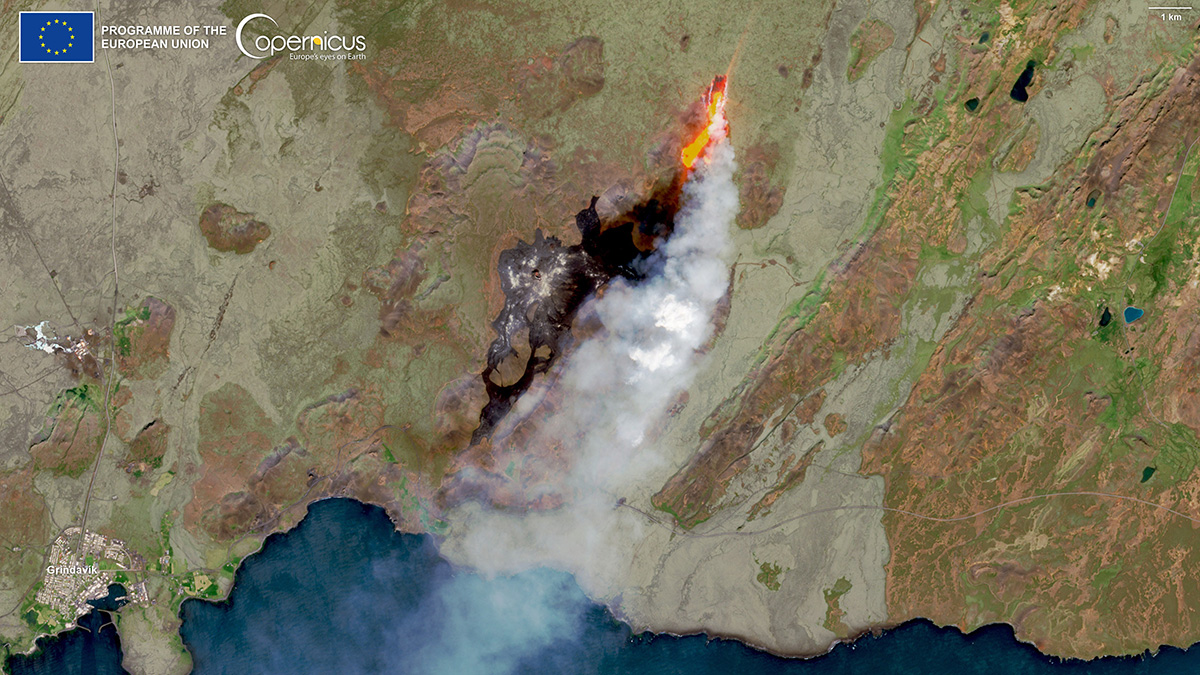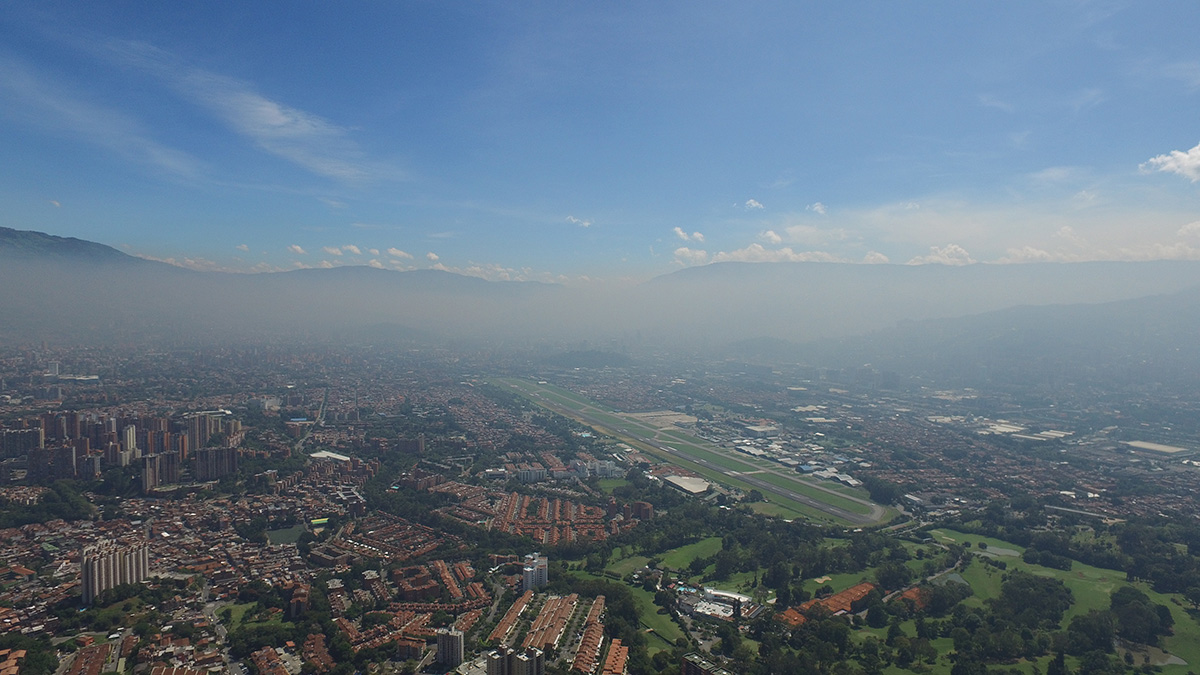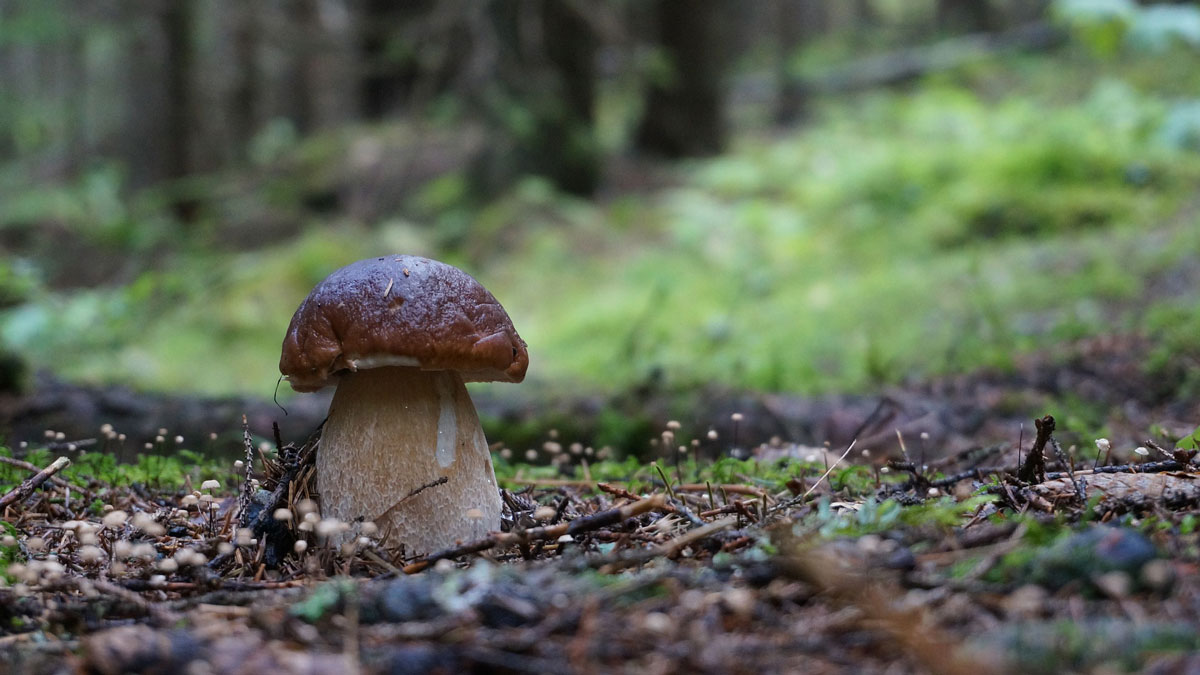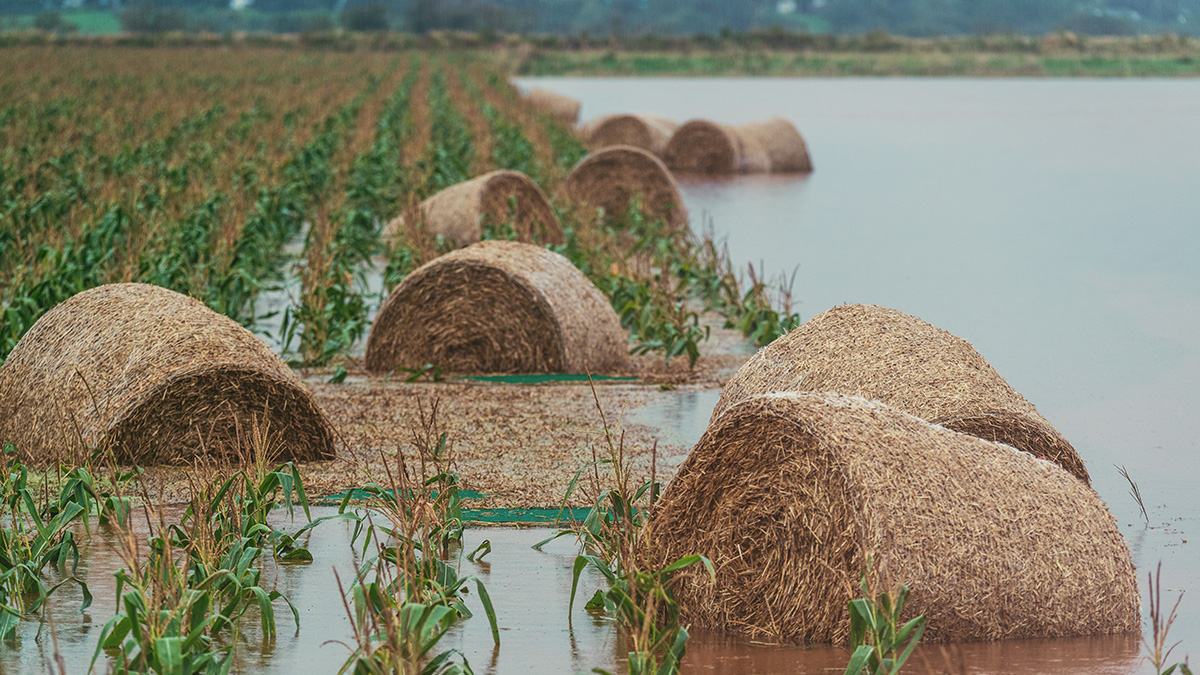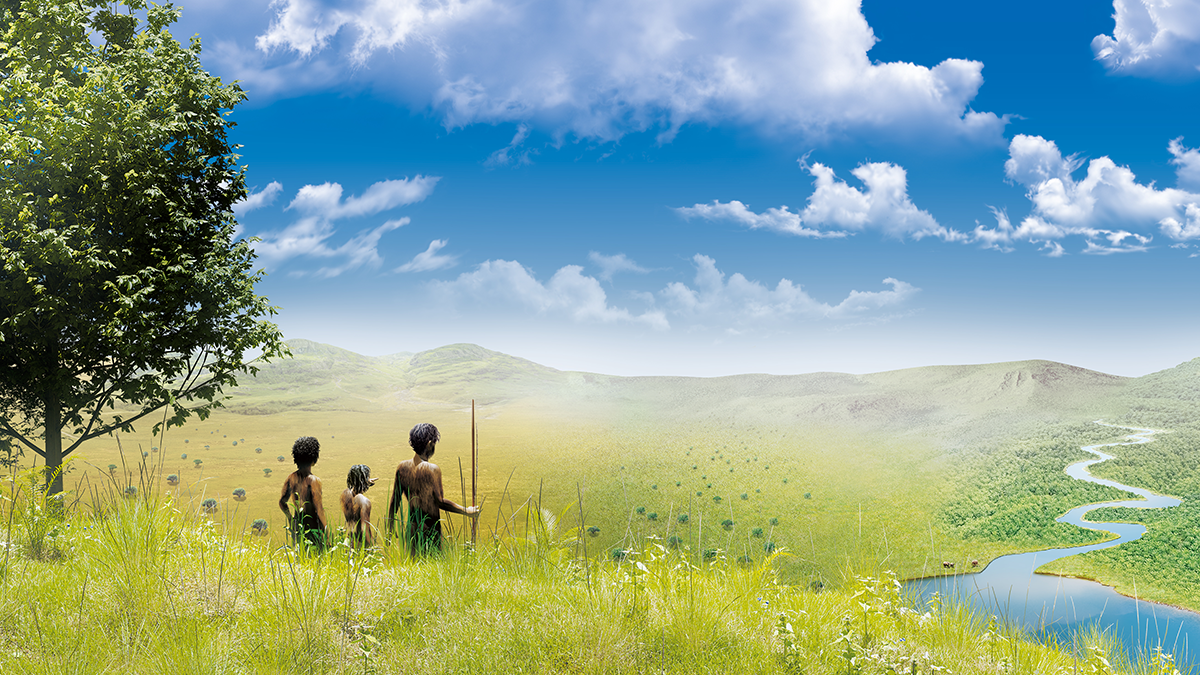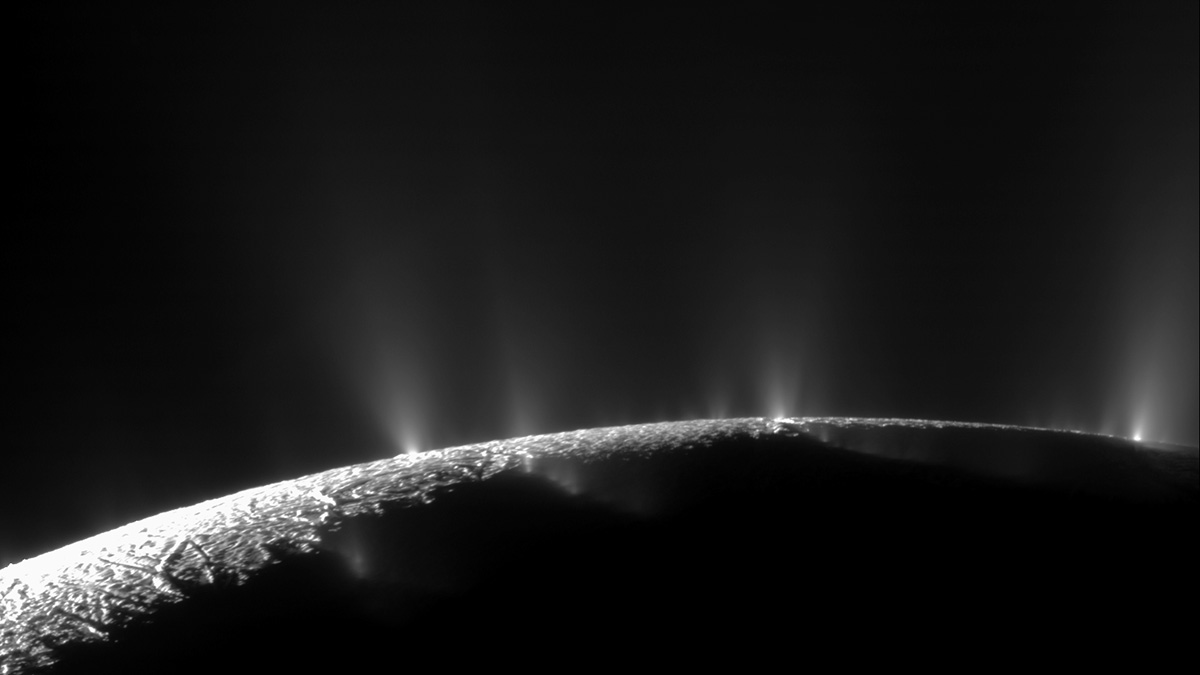The volcanic region, which erupted in both 2021 and 2022 after more than 7 centuries of dormancy, is at it again.
News
When the Woods Get Noisy, the Animals Get Nervous
New study uses trail cameras and speakers to isolate what human sounds do to animals.
La ciudad colombiana que está abriendo el camino para las “Alertas Tempranas para Todos”
Medellín alerta a sus habitantes sobre inundaciones, deslizamientos, incendios, rayos y mala calidad del aire.
Soil Fungi May Be a Carbon Pool
New research suggests that mycorrhizal fungi take in 13 billion tons of carbon dioxide annually, playing a prominent role in Earth’s carbon cycle.
Marine Protection Does Not Affect Fish Catches in Mexico
Catches of species such as tuna and swordfish did not decrease after a marine protected area the size of New York State was established off the coast of Mexico in 2017.
Taking a Fine-Grained Approach to Investigating Climate’s Impact on Crops
Studying the effects of variable weather on all three aspects of production—planting, harvesting, and yield—can help farmers and policymakers build resilience to climate change.
Humans Adapted to Diverse Habitats as Climate and Landscapes Changed
Long-term changes in Earth’s climate affected the dispersal of human ancestors and their adaptation to diverse habitats, a new study finds.
What Methane Jets Might Tell Us About Enceladus
Plumes on Saturn’s moon Enceladus are dumping methane into space—fast. Something must be resupplying the organic compound.
Ambidextrous Microbes May Pump Out CO2 as Temperatures Rise
Certain microbes that engage in both photosynthesis and predation are more likely to do the latter as the planet warms, resulting in a net release of carbon dioxide.
Stone Chemistry Records Pacific Migration
Scientists used the chemistry of stone artifacts to trace human migration in the Pacific, revealing evidence of long voyages and cultural exchange.

